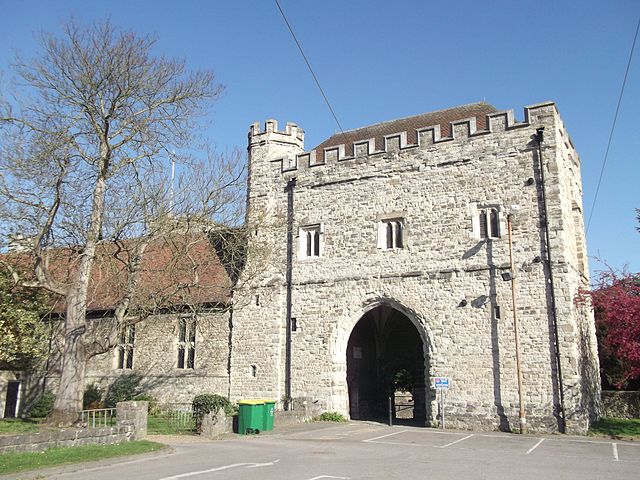Top Qs
Timeline
Chat
Perspective
Scheduled monuments in Maidstone
Protected historic sites in Maidstone, Kent, England From Wikipedia, the free encyclopedia
Remove ads
There are 27 scheduled monuments in Maidstone, Kent, England. In the United Kingdom, a scheduled monument is an archaeological site or historic building of "national importance" that has been given protection against unauthorised change by being placed on a list (or "schedule") by the Secretary of State for Digital, Culture, Media and Sport; Historic England takes the leading role in identifying such sites.[1] Scheduled monuments are defined in the Ancient Monuments and Archaeological Areas Act 1979 and the National Heritage Act 1983. They are also referred to as scheduled ancient monuments. There are about 20,000 scheduled monument entries on the list and more than one site can be included in a single entry. While a scheduled monument can also be recognised as a listed building,[note 1] Historic England considers listed building status as a better way of protecting buildings than scheduled monument status.[1] If a monument is considered by Historic England to "no longer merit scheduling" it can be removed from the schedule.[3]








The borough of Maidstone is a local government district in the English county of Kent. The Maidstone district covers a largely rural area of 152 square miles (394 km2) between the North Downs and the Weald with the town of Maidstone, the county town of Kent, in the north-west. The district had a population of approximately 166,400 in 2016.[4] The monuments range in date from a Neolithic standing stone to a tiny 18th-century mortuary, but the majority are medieval.
Although mostly reduced to ruins and earthworks, the district contains the remains of four castles and five moated manor houses that are scheduled monuments. A number of monuments are buildings of ecclesiastical origin including an abbey, a priory and two tithe barns. The buildings associated with the former College of All Saints and the Archbishop's Palace in Maidstone town centre form the best-preserved group of scheduled monuments. Seven medieval bridges over the River Medway and its tributaries are also included.
Remove ads
Monuments
Remove ads
See also
Notes
- Listed buildings are designated in accordance with three grades according to their architectural and historic importance. There are approximately 500,000 buildings on the list with about 2.5% designated Grade I (the most important status), 5.8% listed grade II* and the remaining 91.7% listed Grade II.[2]
References
Wikiwand - on
Seamless Wikipedia browsing. On steroids.
Remove ads
